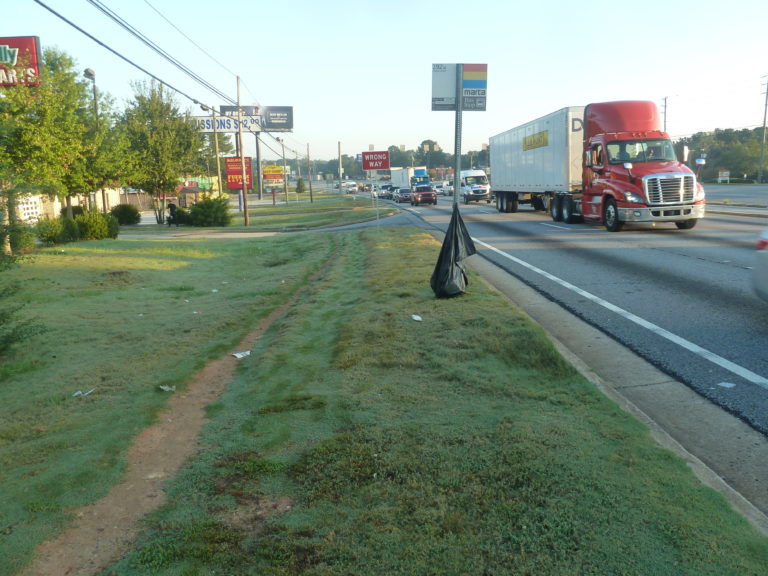From Silos to Values: Why We Need New E's

By Michael Hintze, AICP
Director of Planning, Toole Design
APA WA Transportation Planning Division Liaison
Learn How Transportation Planning Can Better Focus on People
Most people working in transportation planning and design professions are very familiar with the E’s – Engineering, Education, and Enforcement – that have served as the three pillars of transportation policy, strategy, and funding for at least the past 40 years. They are baked into our approach to transportation – even to the extent that if you look at the structure of our federal agencies, you have the Federal Highway Administration – which deals more with the engineering side of things, and the National Highway Traffic Safety Administration, which deals with education and enforcement, and studiously avoids delving into the engineering aspects of roadway design. Even within our state and local government, we have the same silos.
However, this system and this structure, in many ways, is not working. The U.S. is a dangerous place to walk, bike, or even drive a car, especially compared to other countries that have much better safety records. Our system of traffic enforcement has led to racial profiling and even worse outcomes for people of color. Efforts to educate people about pedestrian and bicyclist safety are not helpful or effective when walking and biking infrastructure is non-existent or totally inadequate.
Some statistics:
- The number of people struck and killed by drivers nationwide while walking increased by 45 percent over the last decade (2010-2019). And the four most recent years on record were the most deadly. Over that 10 years, more than 50,000 pedestrians died.
- Another alarming statistic, Black people are struck and killed by drivers at an 82% higher rate than White, non-Hispanic Americans
It’s time for a new approach that moves away from our old silos of thinking and focuses more on the values that are important to us. Enter the idea of some new E’s: Equity, Ethics, and Empathy. It’s a new way of thinking about how we structure our response to the challenges, tradeoffs, and decisions we make on a daily basis as professionals planning and implementing community transportation systems. Where the traditional E’s are still critical disciplines and professions, the new Es are neither. Rather, they reflect emotions, perceptions, and principles that keep asking the question “why?” and demand solutions that are focused on outcomes reflective of our values. As planners, it is our ethical duty to create a more just society in which people can move freely, safely, and with dignity using whatever mode of travel they choose, where transportation is just a means to end, not an end in itself. People are our focus.

Is the design of this transit facility ethical? Equitable? Empathetic? Does this corridor serve all users with dignity?
Read More About Why We Need New E's on the Toole Design Website.
If you have a topic idea and would like to contribute to future articles, please contact [email protected] or [email protected]
|